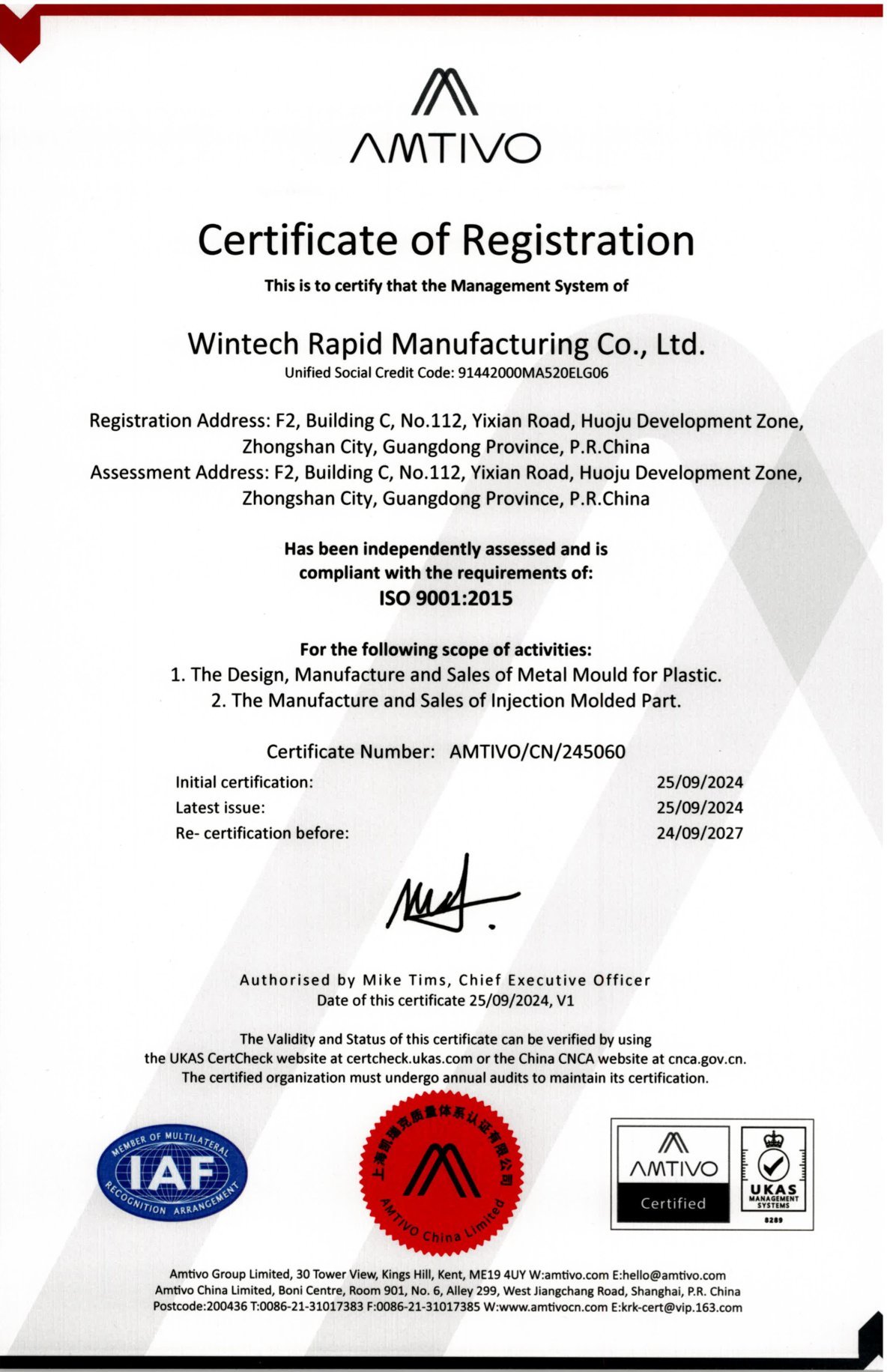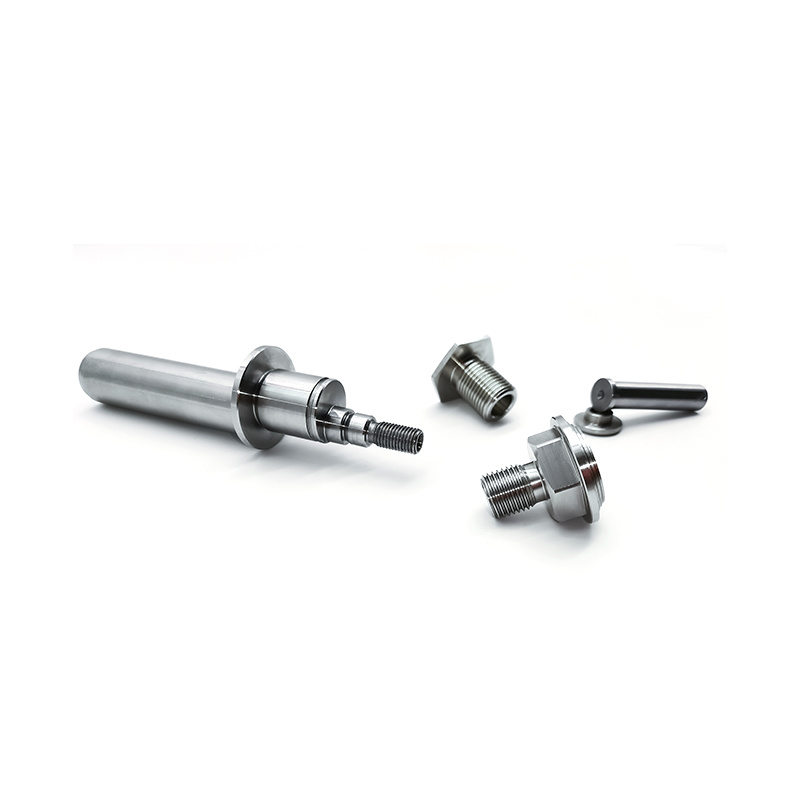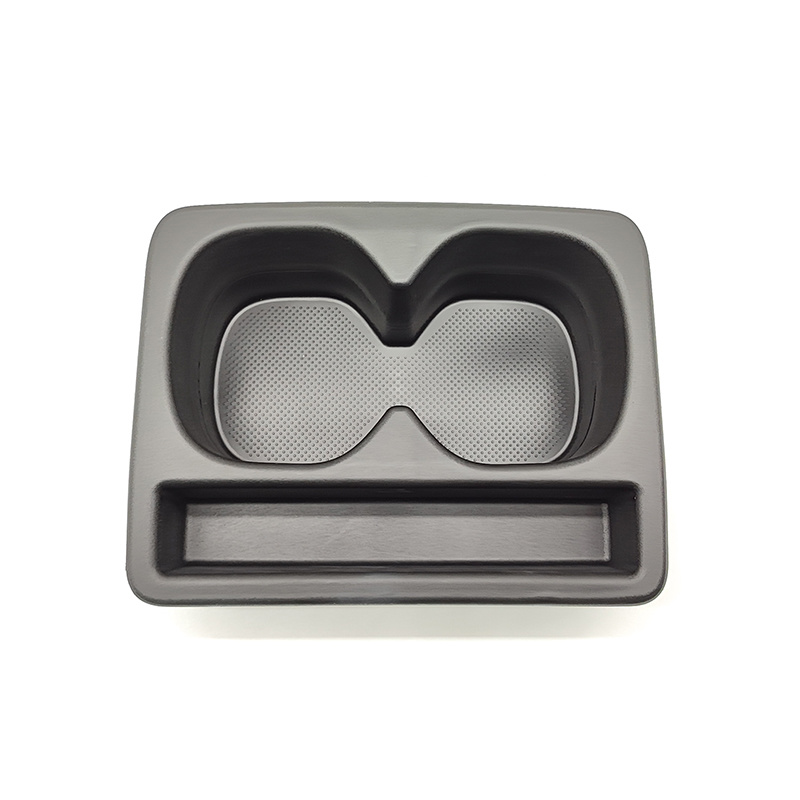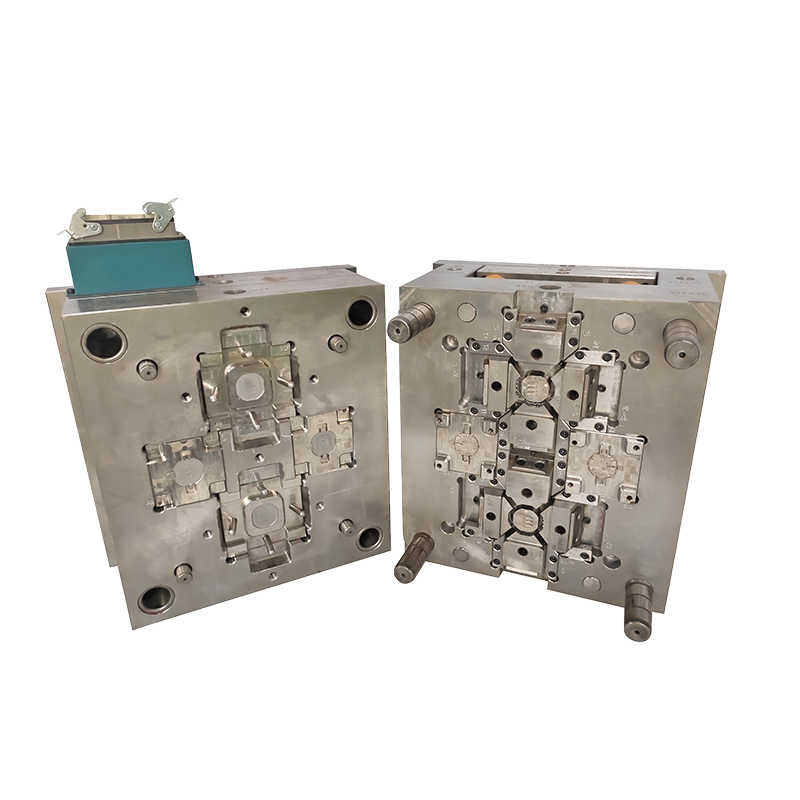Harnessing the Power of Injection Molding in the Automotive Industry
Time:
2025-05-11 10:00
Source:
Injection molding has emerged as a cornerstone technology in the automotive industry, revolutionizing the way manufacturers create components and systems. This efficient manufacturing process allows for the production of complex shapes and intricate designs with high precision, making it particularly suitable for the automotive sector where both functionality and aesthetics are paramount.
One of the primary advantages of injection molding in the automotive industry is its ability to produce parts quickly and consistently. The process involves injecting molten plastic into a mold, which then cools and solidifies to form the desired part. This method not only reduces production time but also minimizes waste, contributing to more sustainable manufacturing practices. Automotive manufacturers can produce components like dashboards, door panels, and exterior trims in large quantities without compromising on quality.
Moreover, injection molding enables the use of a wide variety of materials, including thermoplastics and thermosetting plastics. This versatility allows automotive engineers to select materials that best suit the specific requirements of each component, whether it be weight reduction, impact resistance, or chemical durability. As a result, the automotive industry can benefit from lighter vehicles that improve fuel efficiency without sacrificing performance or safety.
The integration of advanced technologies such as computer-aided design (CAD) and computer-aided manufacturing (CAM) has further enhanced the capabilities of injection molding. These tools allow for precise mold design and optimization, enabling manufacturers to produce increasingly complex geometries that were previously unachievable. Additionally, the rise of additive manufacturing and 3D printing technologies has begun to influence injection molding practices, paving the way for innovative hybrid solutions that can reduce lead times and costs.
Collaboration between automotive manufacturers and mold makers is crucial for maximizing the benefits of injection molding. By working closely together, both parties can ensure that the molds are designed for optimal performance and that the parts produced meet rigorous industry standards. This partnership can lead to significant improvements in product development cycles and overall production efficiency.
In conclusion, injection molding plays a vital role in the automotive industry by providing fast, reliable, and cost-effective solutions for producing high-quality components. As technologies continue to evolve, the potential for injection molding in automotive applications will only expand, offering even more opportunities for innovation and growth. Industry professionals must stay informed about these developments to leverage the full potential of this manufacturing process and drive the future of automotive production.
One of the primary advantages of injection molding in the automotive industry is its ability to produce parts quickly and consistently. The process involves injecting molten plastic into a mold, which then cools and solidifies to form the desired part. This method not only reduces production time but also minimizes waste, contributing to more sustainable manufacturing practices. Automotive manufacturers can produce components like dashboards, door panels, and exterior trims in large quantities without compromising on quality.
Moreover, injection molding enables the use of a wide variety of materials, including thermoplastics and thermosetting plastics. This versatility allows automotive engineers to select materials that best suit the specific requirements of each component, whether it be weight reduction, impact resistance, or chemical durability. As a result, the automotive industry can benefit from lighter vehicles that improve fuel efficiency without sacrificing performance or safety.
The integration of advanced technologies such as computer-aided design (CAD) and computer-aided manufacturing (CAM) has further enhanced the capabilities of injection molding. These tools allow for precise mold design and optimization, enabling manufacturers to produce increasingly complex geometries that were previously unachievable. Additionally, the rise of additive manufacturing and 3D printing technologies has begun to influence injection molding practices, paving the way for innovative hybrid solutions that can reduce lead times and costs.
Collaboration between automotive manufacturers and mold makers is crucial for maximizing the benefits of injection molding. By working closely together, both parties can ensure that the molds are designed for optimal performance and that the parts produced meet rigorous industry standards. This partnership can lead to significant improvements in product development cycles and overall production efficiency.
In conclusion, injection molding plays a vital role in the automotive industry by providing fast, reliable, and cost-effective solutions for producing high-quality components. As technologies continue to evolve, the potential for injection molding in automotive applications will only expand, offering even more opportunities for innovation and growth. Industry professionals must stay informed about these developments to leverage the full potential of this manufacturing process and drive the future of automotive production.
injection molding in automotive industry
Previous Page
Previous Page
Related news
2024-11-15








